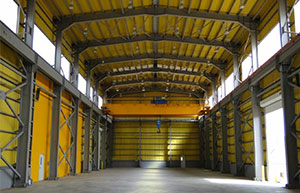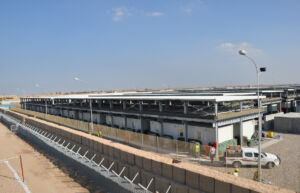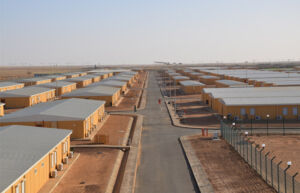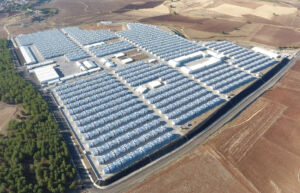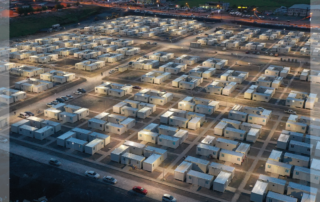Modular Steel Building
Discover how modular steel buildings are transforming construction with faster, more sustainable, and cost-effective solutions.
Modular steel buildings are rapidly emerging as a breakthrough in modern construction, combining the strength and durability of steel with innovative off-site fabrication techniques. This approach not only accelerates project timelines but also offers significant benefits in quality control, cost savings, and environmental sustainability.
What Are Modular Steel Buildings?
Modular steel buildings are structures constructed from pre-manufactured steel modules that are fabricated in controlled factory environments and later assembled on-site. Unlike traditional construction methods that are heavily weather-dependent and time-consuming, modular construction allows for simultaneous site preparation and module production. This integration leads to a dramatically reduced overall project duration without sacrificing quality or safety.
Key characteristics include:
- Prefabrication: Modules are manufactured under controlled conditions, ensuring consistency and high quality.
- Off-Site Construction: Most of the building work happens off-site, reducing on-site labor and minimizing disruptions.
- Rapid Assembly: Once transported to the site, modules are quickly connected to form a complete structure.
Advantages of Modular Steel Buildings
1. Accelerated Construction Time
- Faster Turnaround: Since modules are produced in parallel with site development, overall construction time can be reduced by up to 50% compared to conventional methods.
- Weather Resilience: Factory-controlled production means work isn’t halted by adverse weather conditions, ensuring steady progress.
2. Enhanced Quality Control
- Consistent Manufacturing: Fabrication in a controlled environment ensures that each module meets stringent quality standards.
- Precision Engineering: Computer-controlled production techniques result in high precision and uniformity across modules.
3. Cost Efficiency
- Lower Labor Costs: Reduced on-site labor and shorter construction periods help lower overall project costs.
- Material Optimization: Off-site production minimizes waste, contributing to a leaner, more cost-effective construction process.
4. Sustainability and Environmental Benefits
- Reduced Carbon Footprint: The modular approach lowers energy usage and minimizes construction waste, contributing to a smaller environmental impact.
- Recyclable Materials: Steel is 100% recyclable, making modular steel buildings an eco-friendly choice.
- Eco-Friendly Construction Process: With most work done off-site, there is less disruption to the local environment and reduced onsite vehicle traffic.
5. Flexibility and Customization
- Design Versatility: Modular systems can be adapted for various uses—residential, commercial, industrial, healthcare, and emergency facilities.
- Scalability: Structures can be easily expanded or reconfigured, making them ideal for projects with evolving needs.
Applications of Modular Steel Buildings
Modular steel construction is versatile and can be applied across a wide range of sectors:
- Residential: Fast-tracked housing developments, student dormitories, and affordable housing projects.
- Commercial: Office spaces, retail outlets, and mixed-use developments.
- Industrial: Warehouses, factories, and logistics centers that demand large, open, and durable spaces.
- Healthcare: Rapidly deployable hospitals and clinics, especially vital during emergency and pandemic situations.
- Military & Emergency Services: Quick-to-assemble worker accommodations, field hospitals, and emergency shelters in disaster-prone regions.
